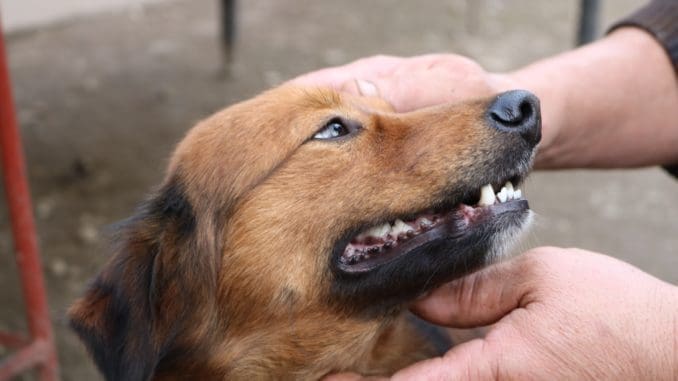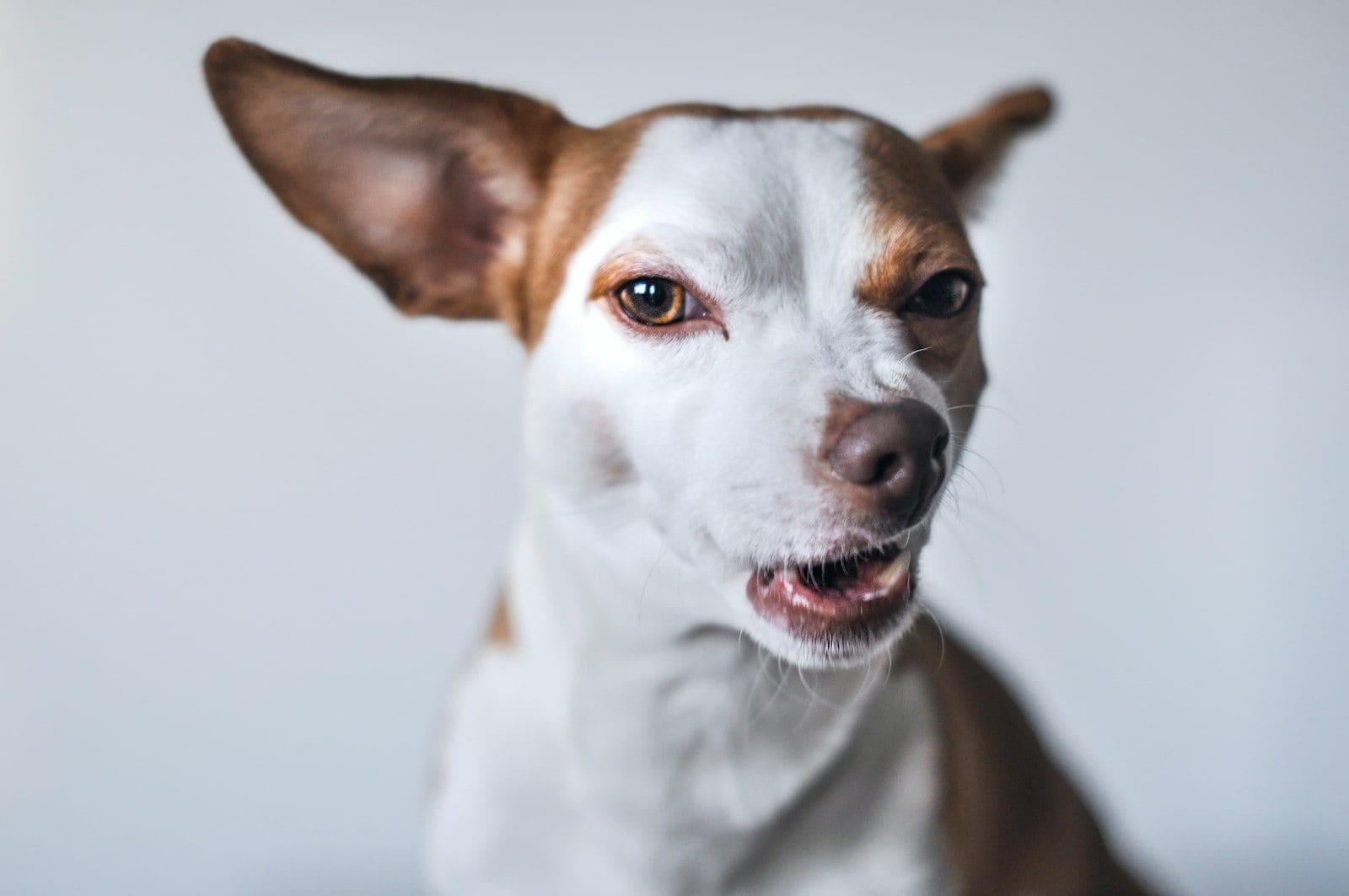
Maintaining your pet’s dental health is essential to caring for your pet, yet nearly half of all pets suffer from teeth and gum disease, calculus, and dental problems.
Since dental health is linked with overall wellness, the risk of disease and illness dramatically increases when proper care is not given to our pets’ teeth and gums. Problems can include liver, kidney, heart Inflammation, and infection. In this article, you can use essential tips on properly caring for your pet.
Also, consider the many uses of your pet’s teeth! Dogs and cats make much fuller use of their teeth than humans do – using them in ways we usually use our hands—which is another reason it is essential to help maintain and promote health.
There are many Natural Remedies and approaches you can take to help promote oral health. As with other health issues, preventative care is best!
- Begin better health from the inside out. Good nutrition, which includes lean meats, whole grains, and natural-based treats, offers a good foundation for health. In addition, there are many foods specially formulated to reduce plaque and discourage tartar buildup.
- Regularly brush your pet’s teeth. Again, maintenance is key to prevention. Ask your vet about your pet’s specific needs, as some breeds are more prone to disease.
- Inspect your pet’s teeth. Also, be sure to pay attention to any changes in your pet’s eating habits (which may be linked to painful Chewing) or foul-smelling breath, which is usually the first indicator of a problem. However, be aware that the gum line is slightly indented and can harbor the calculus-causing bacteria for months without being affected by your pet’s eating.
- Take your pet for regular dental check-ups.
- Use natural preventative remedies to fight gum disease. Consider the holistic method of caring for your pet since dental health is interrelated with overall Well-Being.
Care for Canine Puppy Teeth
The Structure of a Tooth
The tooth is located in a “hole” called an alveolus. As ours, the tooth’s interior is formed by the pulp, which, if infected, produces pulpitis. His pulp is covered by dentin and enamel. The internal part is the root, and the outer part is the crown. All human techniques are also suitable for dogs cause structures are the same.
The Growing of Teeth
A milk dentition (dentition of young animals) is immediately followed by an adult dentition. There will be only two sets of teeth. An adult tooth that falls will not be replaced. The puppy tends to swallow the milk teeth when they fall down, so you can never find them.
The first incisors, as well as canines, appear between two to three weeks. In the fourth week, the milk dentition ends, except for the last molar; it’s completed at 6 weeks. At four months adult canines appear, and at five months come out the adult fangs come. Dentition ends between 6 and 7 months. These are deciduous (temporary) or baby teeth that do not have roots. When the young dog is about six weeks old, most deciduous canine, incisive, and molar teeth are in place.
When teeth come out, gingivitis may arise. Then a red edge can be seen over the gums. The dog can salivate and bite. A soft alimentation must be given to him to avoid pains in mastication. A sedative or an ice cube may be administrated.
A puppy’s teeth start appearing when he is about four weeks old. As puppies are liable to bite their mother’s nipples, they are generally weaned as soon as the first teeth appear.
Being deciduous teeth, these teeth start falling off as the roots of the permanent teeth start pushing upwards. The replacement process is usually complete when the dog is about eight months old. The incisors are the first deciduous teeth to fall off, and the molars are generally the last.
When the deciduous teeth are replaced by permanent ones, dog owners start observing the first signs of canine bad breath. During this time, bad dog breath in puppies is normal and can be easily addressed with a dog oral breath spray.
The exact timing when the temporary teeth are shed varies from breed to breed, and in most cases, the owners are not even aware of the process that is taking place. This is mainly because the temporary teeth are swallowed with food and do not fall out.
In rare cases, a temporary baby tooth may be pushed aside by the emerging permanent one. This tooth may be retained along with the permanent one. Deciduous teeth that do not fall off should be removed by a veterinarian as they cause a bad bite or malocclusion, a condition where the upper and lower teeth do not mesh properly. A bad bite can later lead to tooth decay, problems with eating, and other dental problems.
Brushing the Canine’s Canine
Although dogs do not develop cavities, dental care is as essential for dogs as it is for humans. The right time to train dogs to accept brushing teeth and cleaning is when they are young. Make sure that you use toothpaste that is meant specifically for dogs. The most recommended is a paste that has a chicken flavor. This can be applied with some type of thimble.
It may take some time for you also to get used to the process of cleaning your puppy’s teeth. Hold his head with your hand on the neck. Ensure that you slide the brush or thimble by the side of the jaw. If you try and insert the toothbrush directly, your puppy will most likely bite it off. To prevent excessive salivation, use small quantities of toothpaste.
Dogs are prone to a rapid build-up of tartar if their teeth are not brushed regularly. Tartar buildup is the first stage of dental disease. If you train your puppy to accept teeth cleaning regularly, you can prevent tooth decay and dental diseases like tooth abscess, gingivitis, and, ultimately, periodontitis.


Be the first to comment